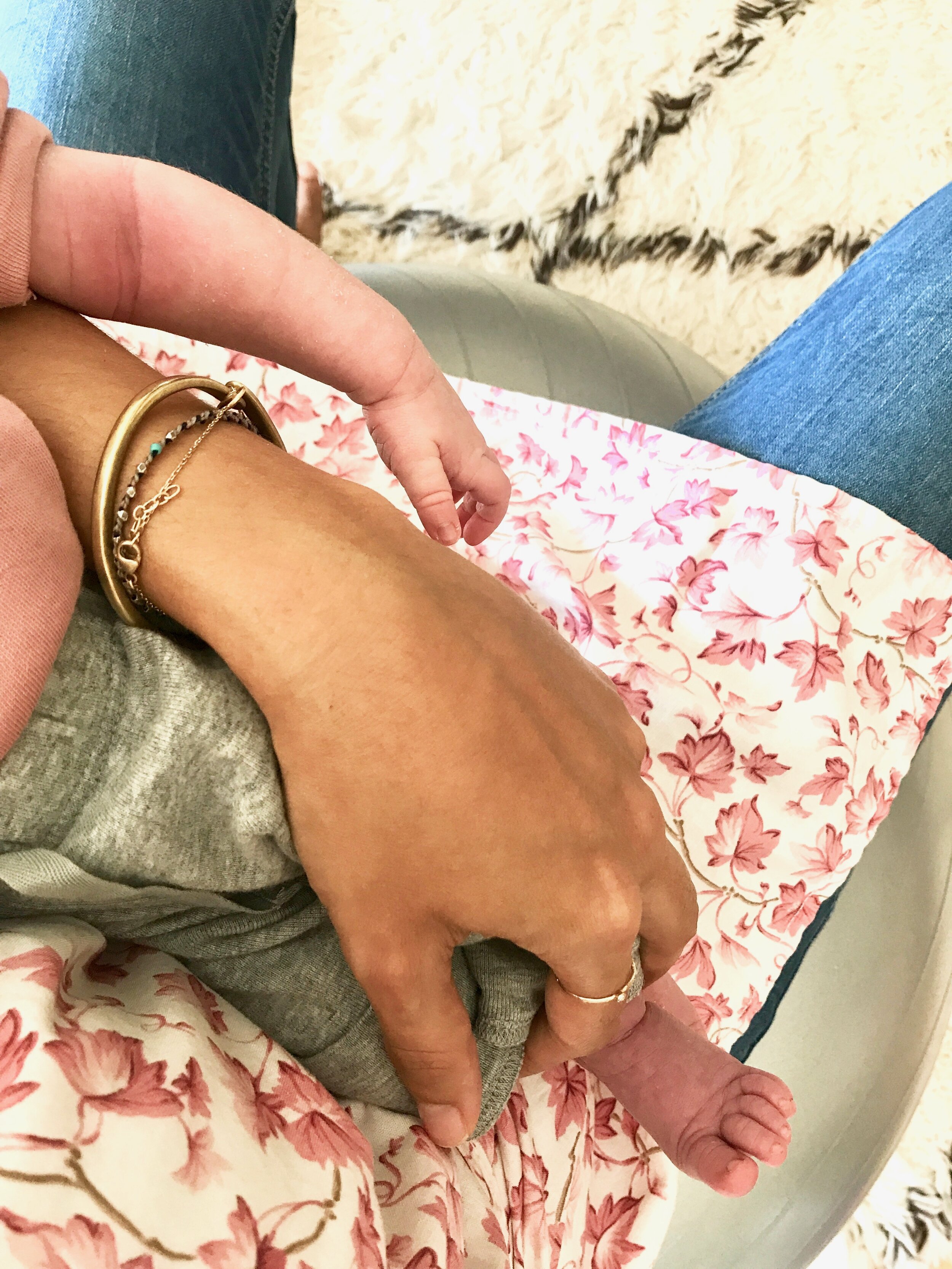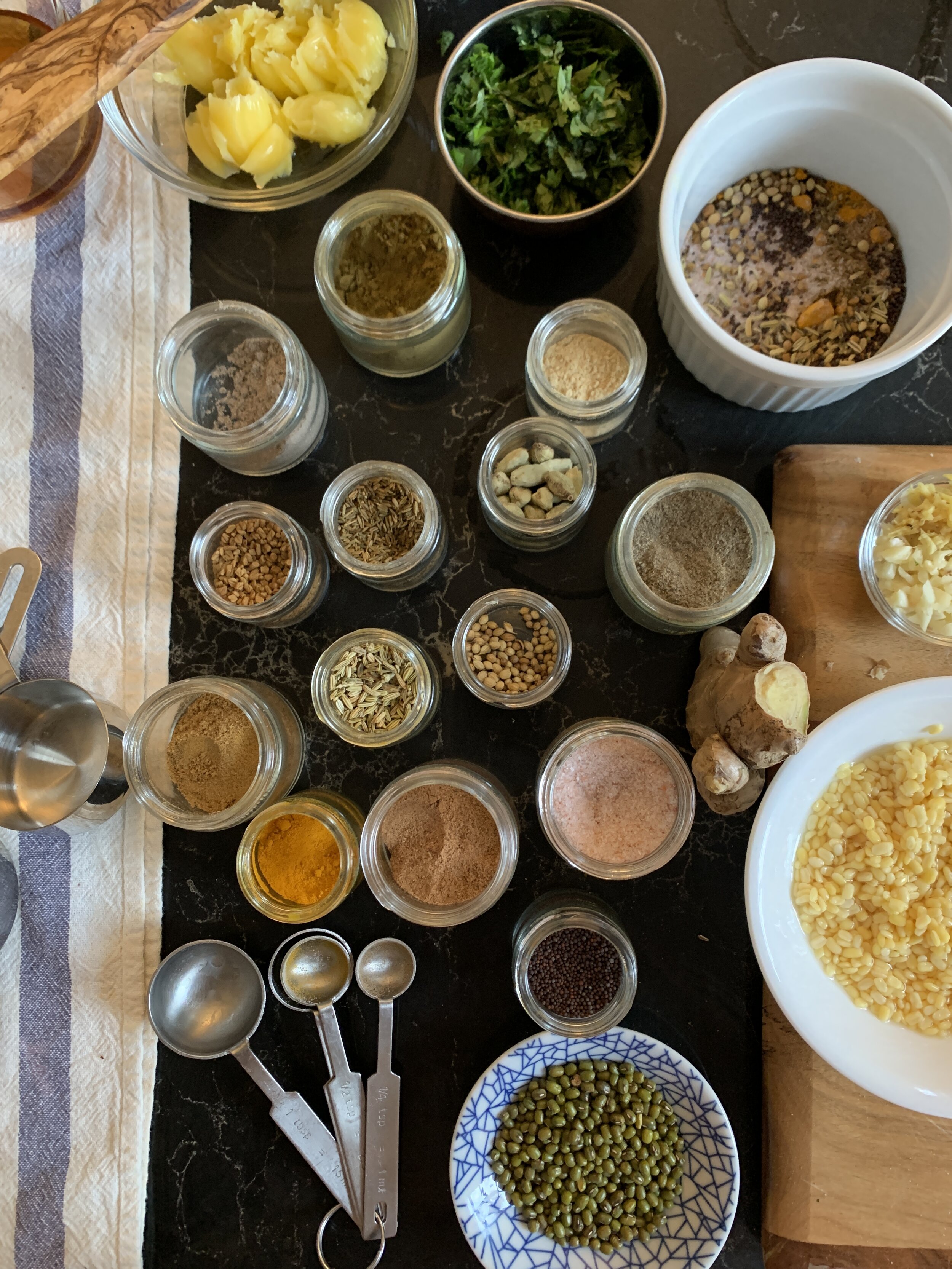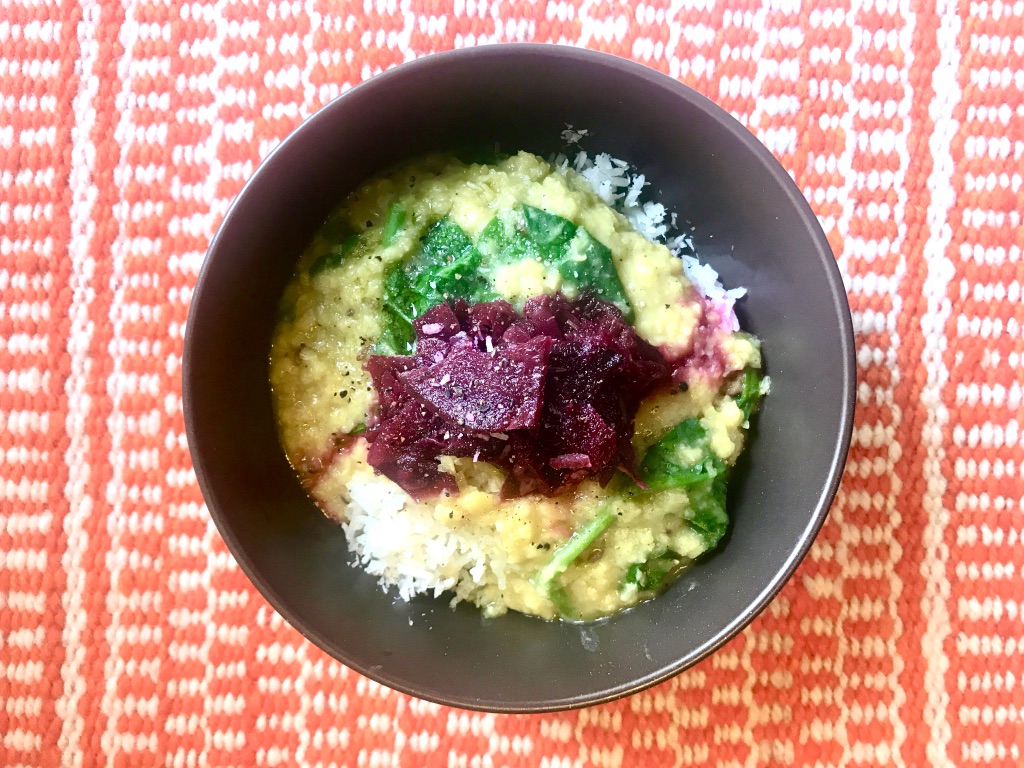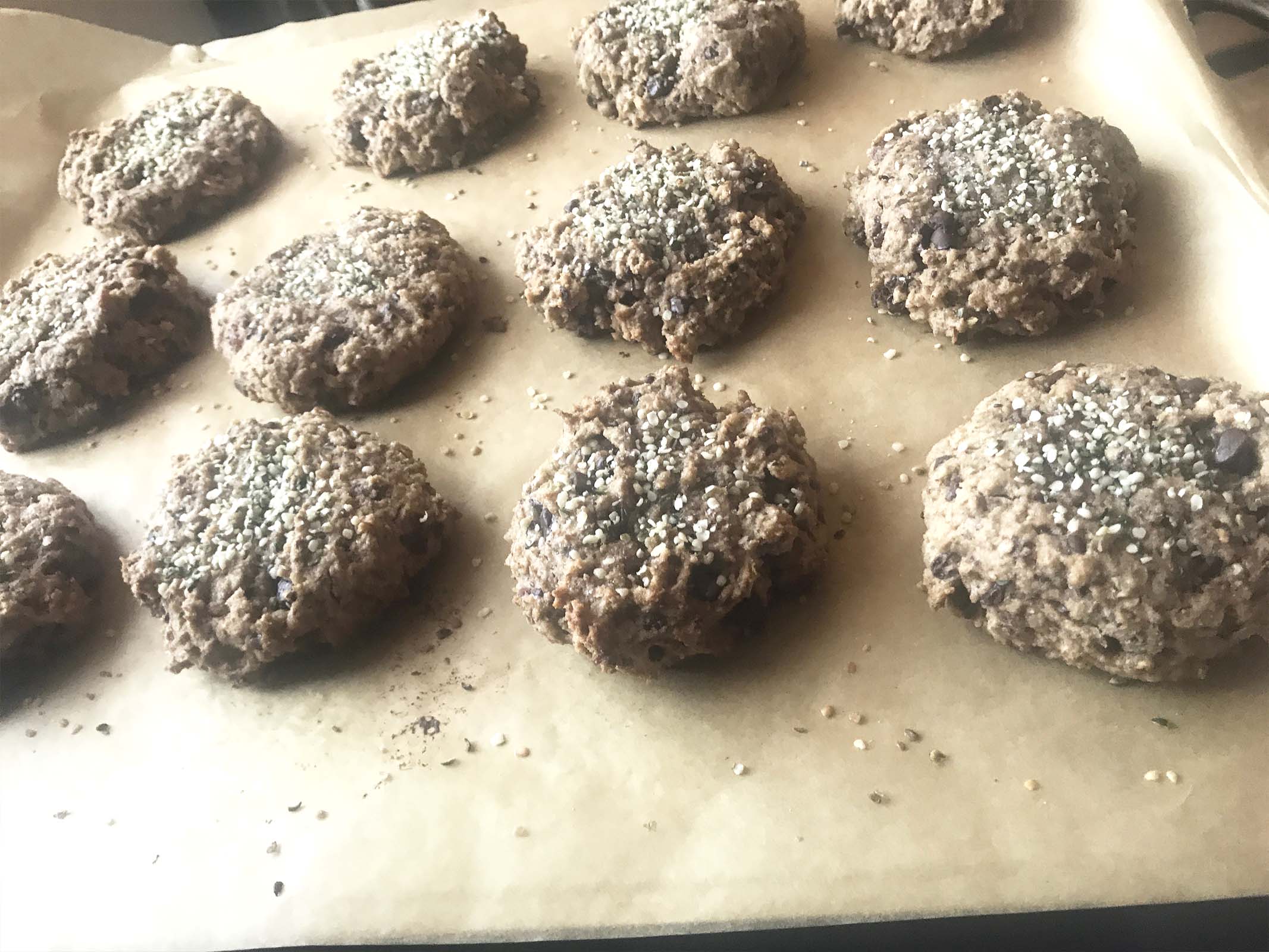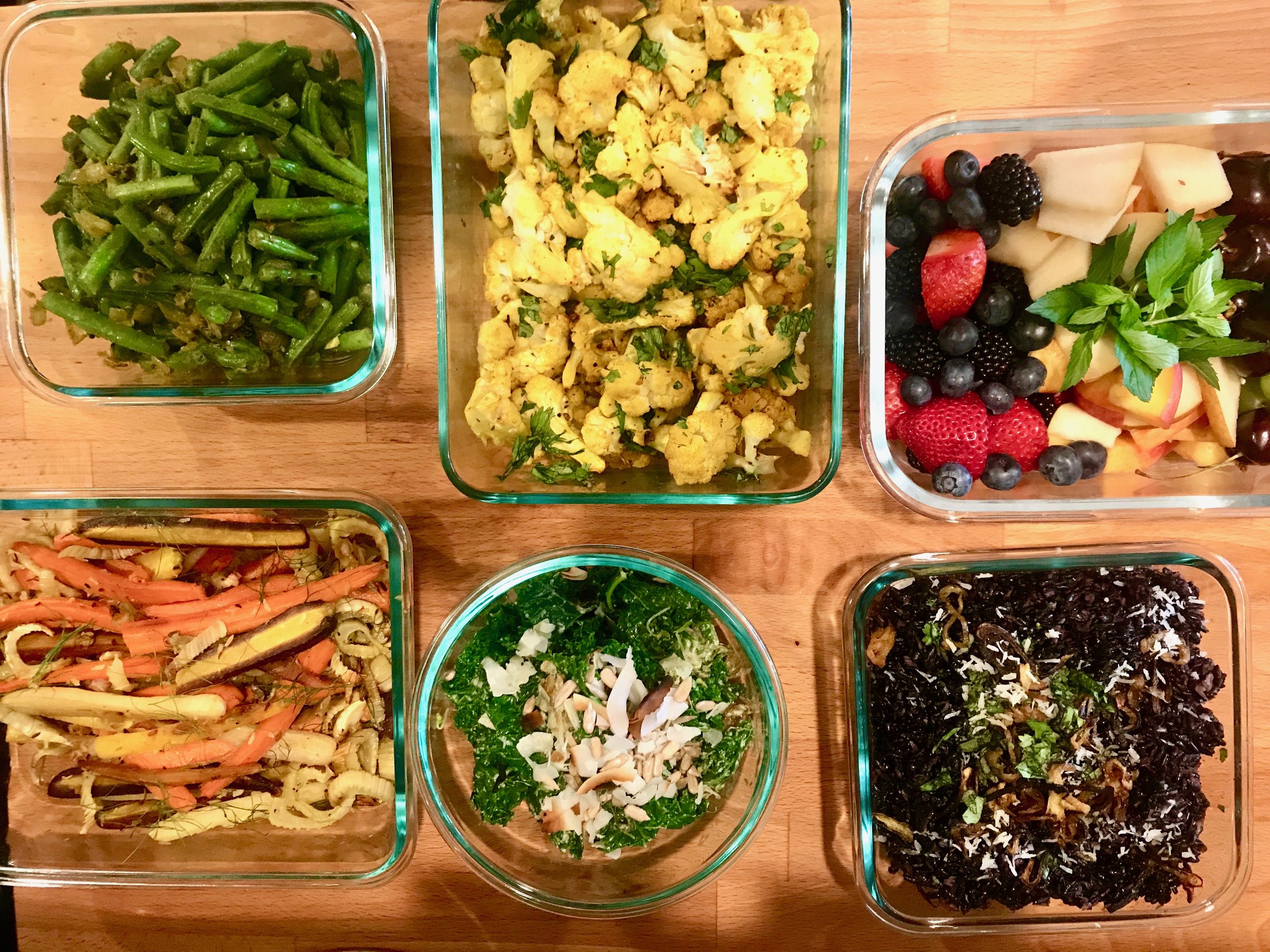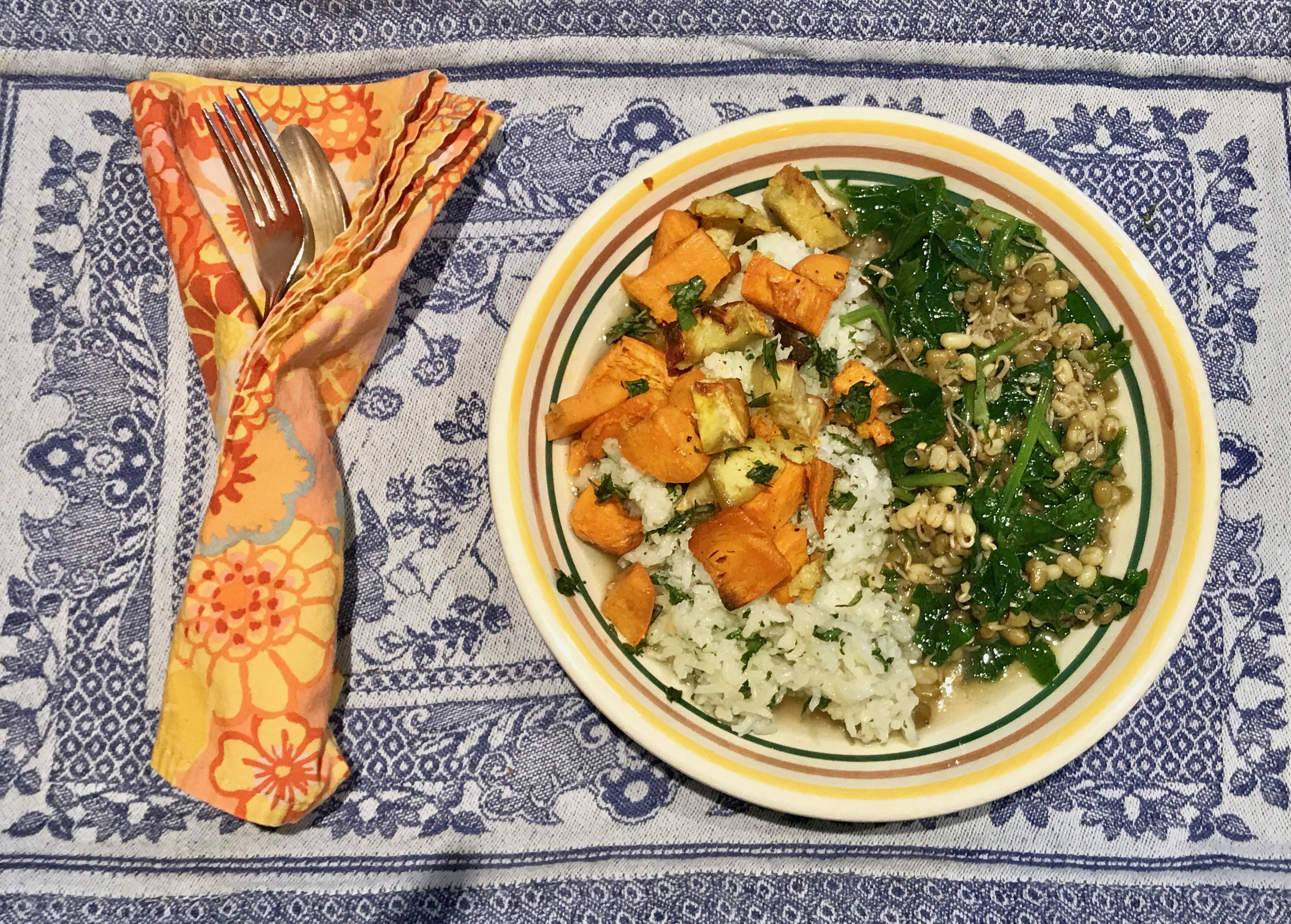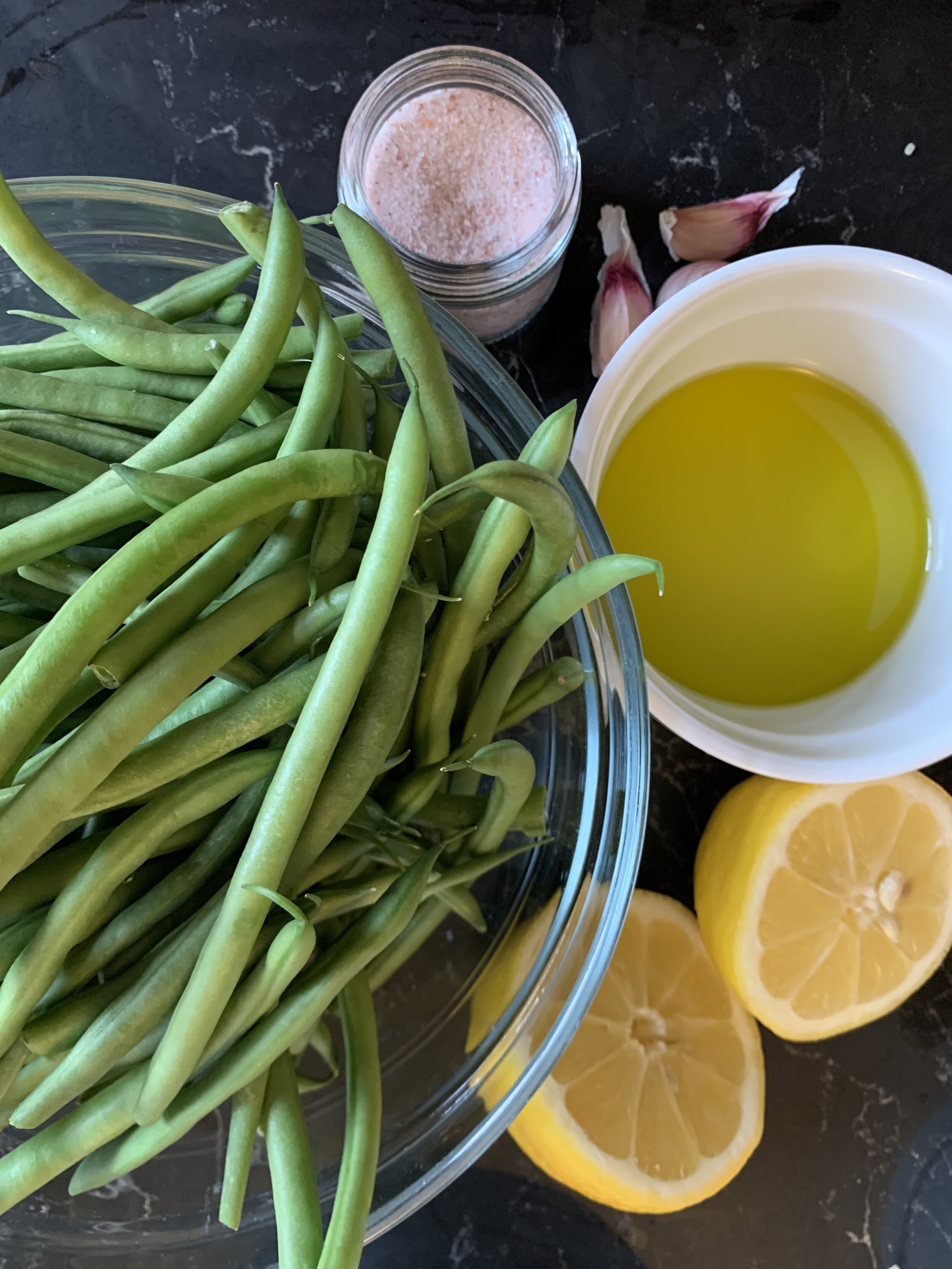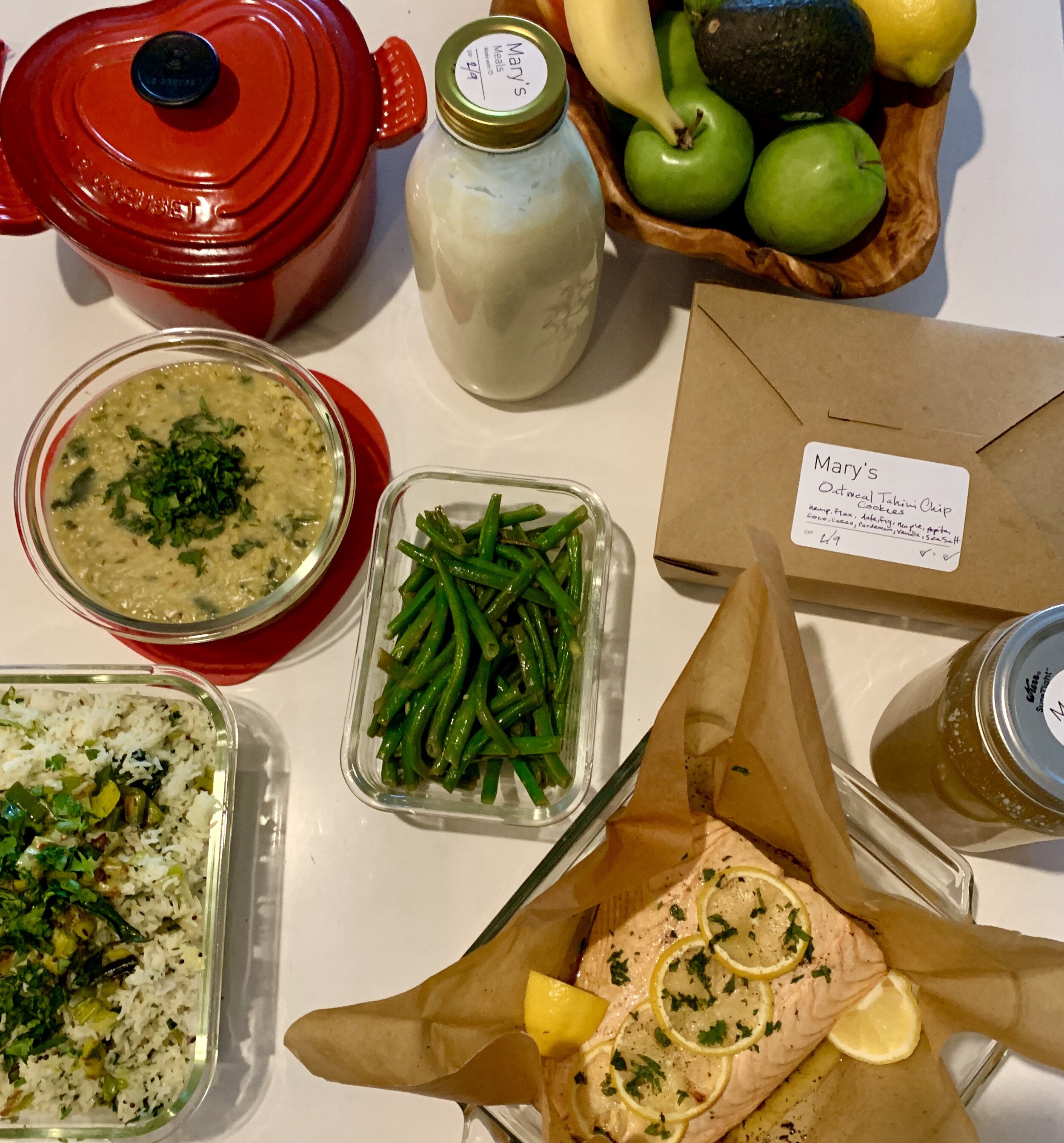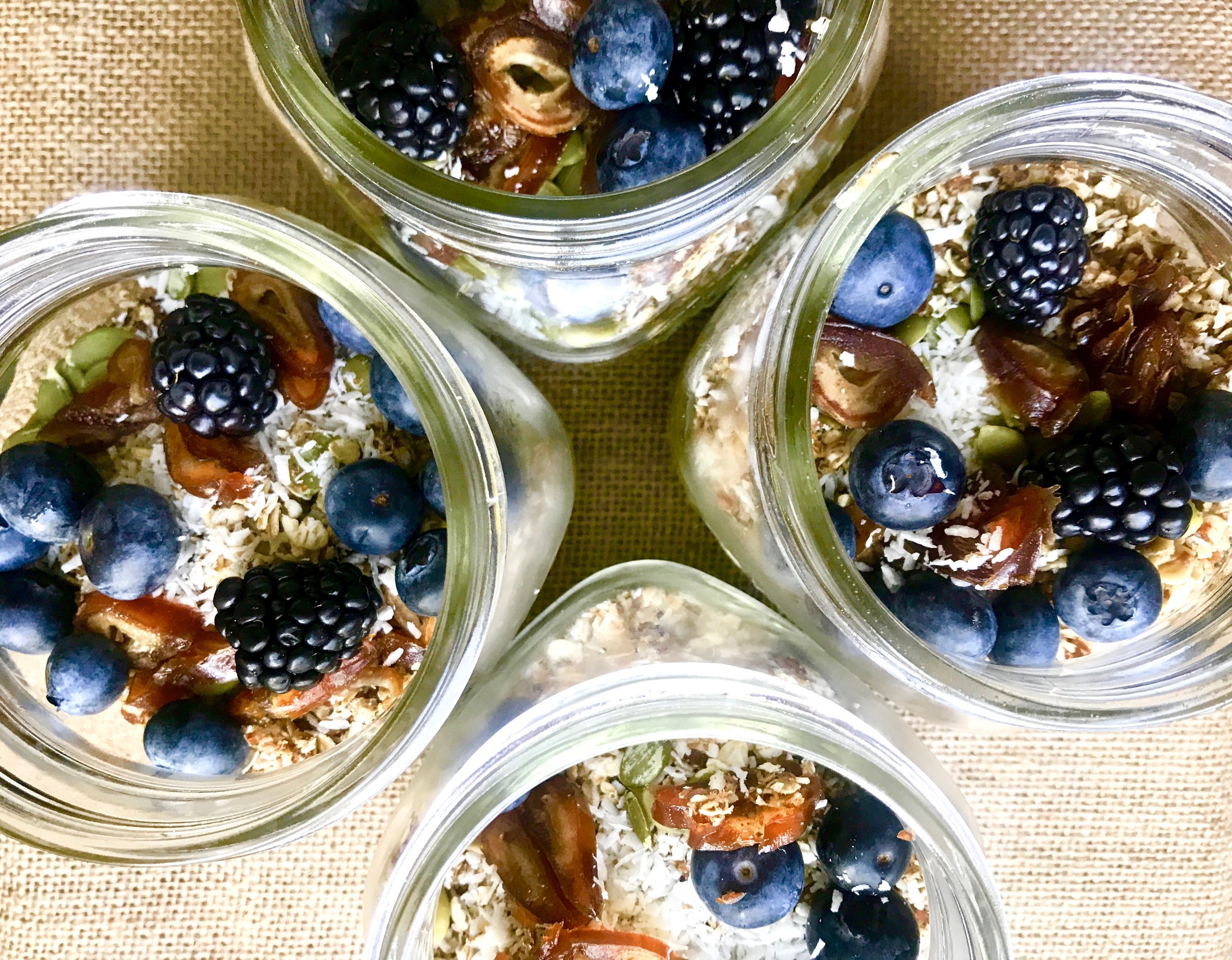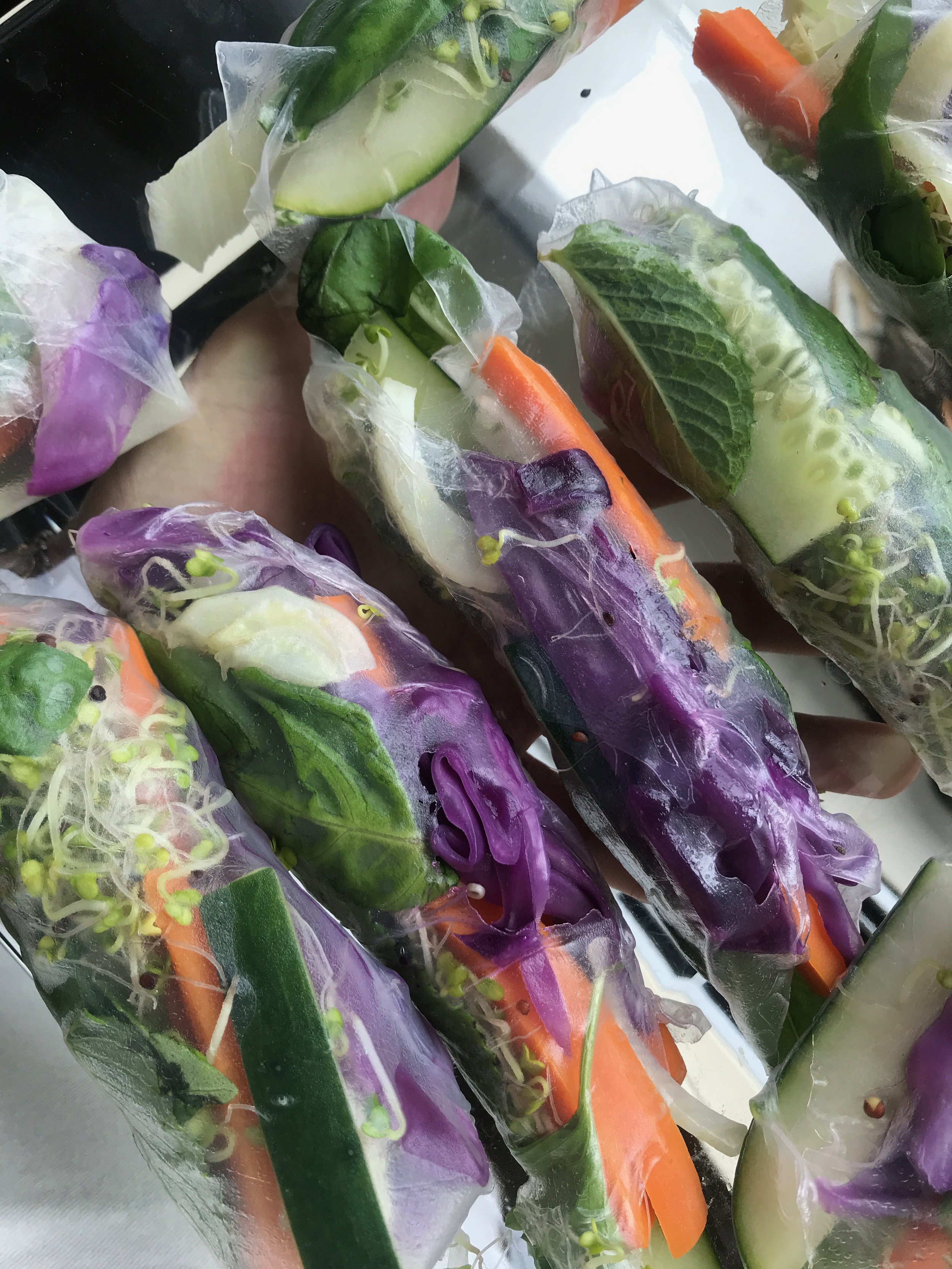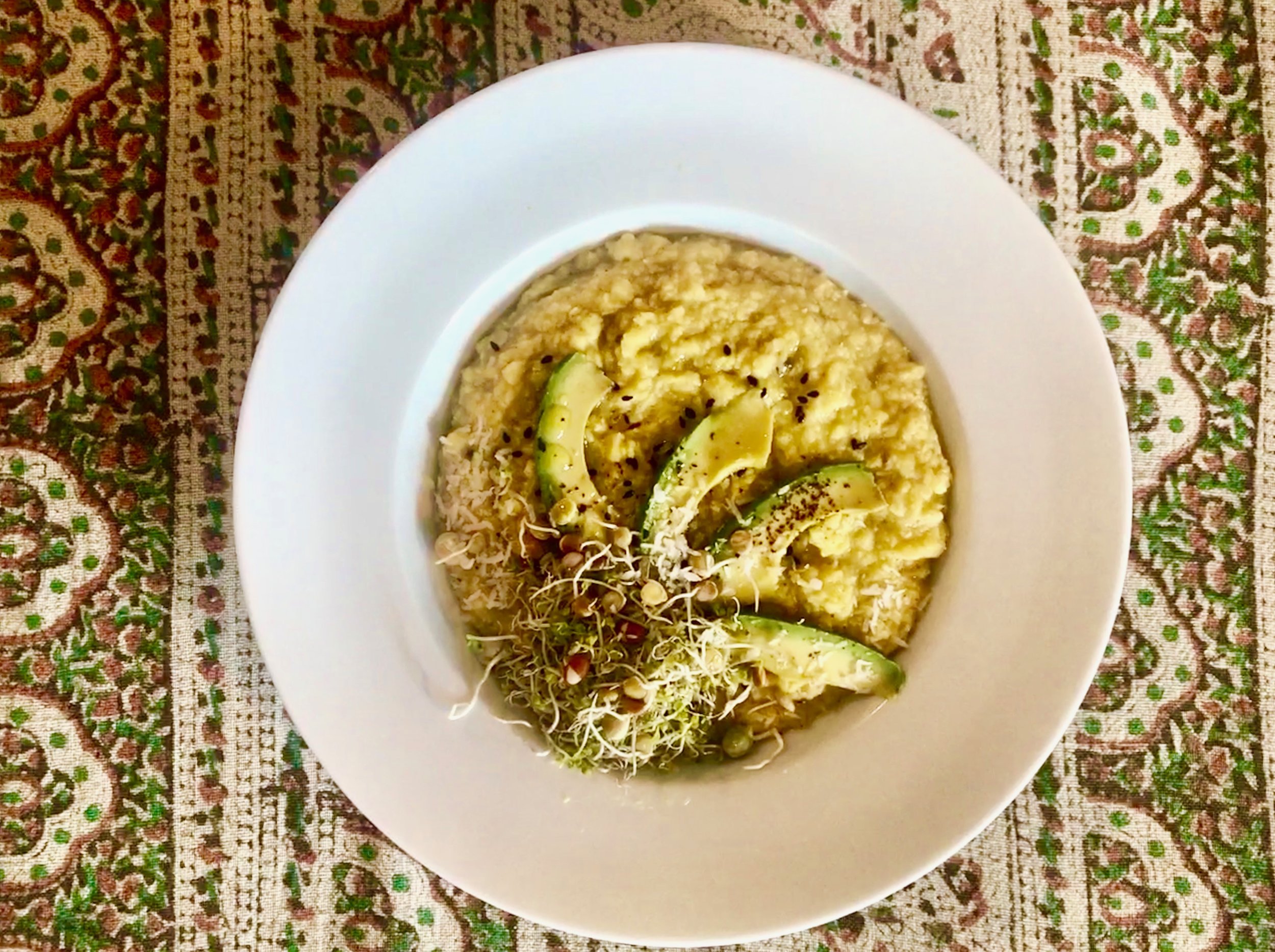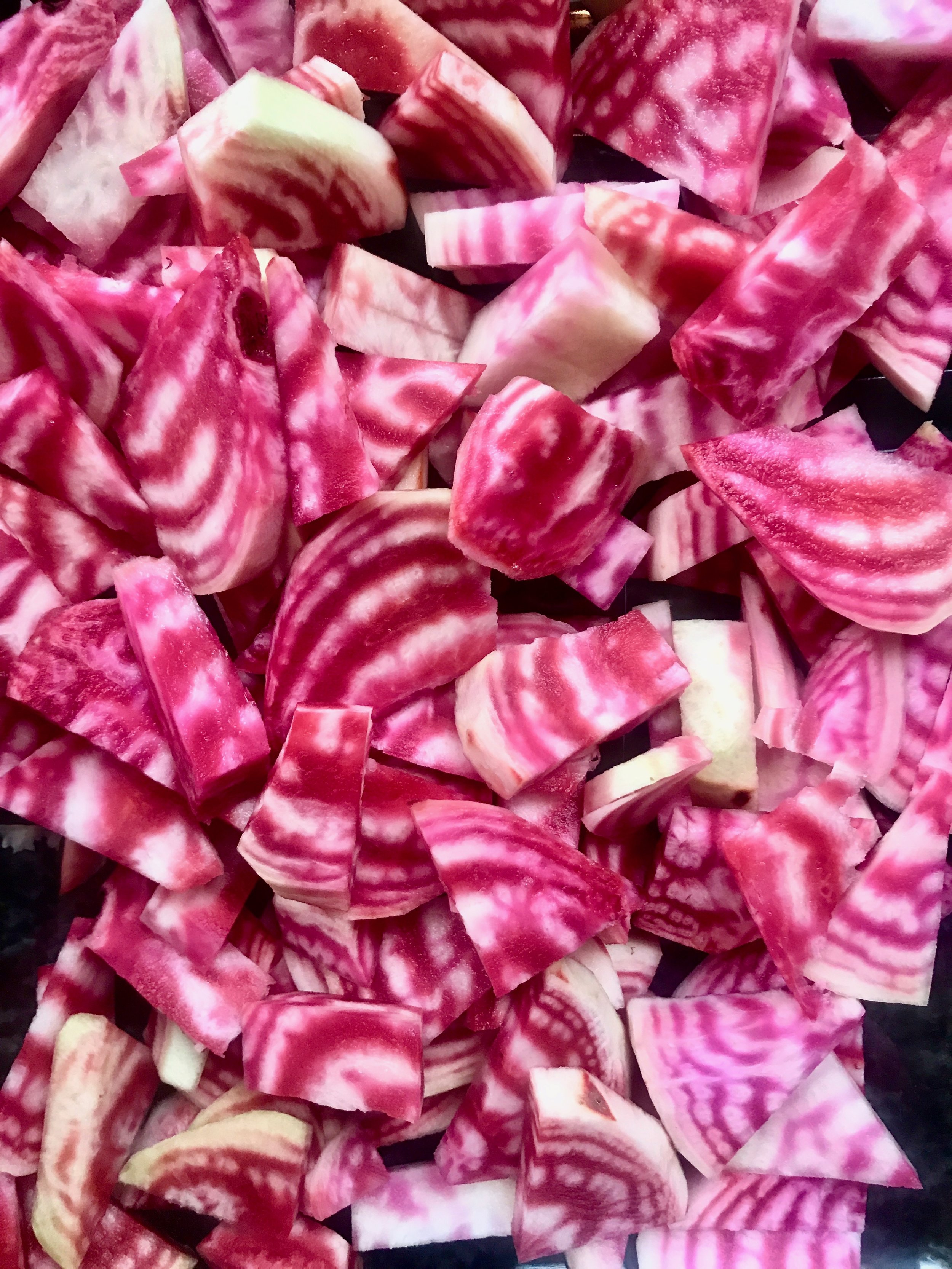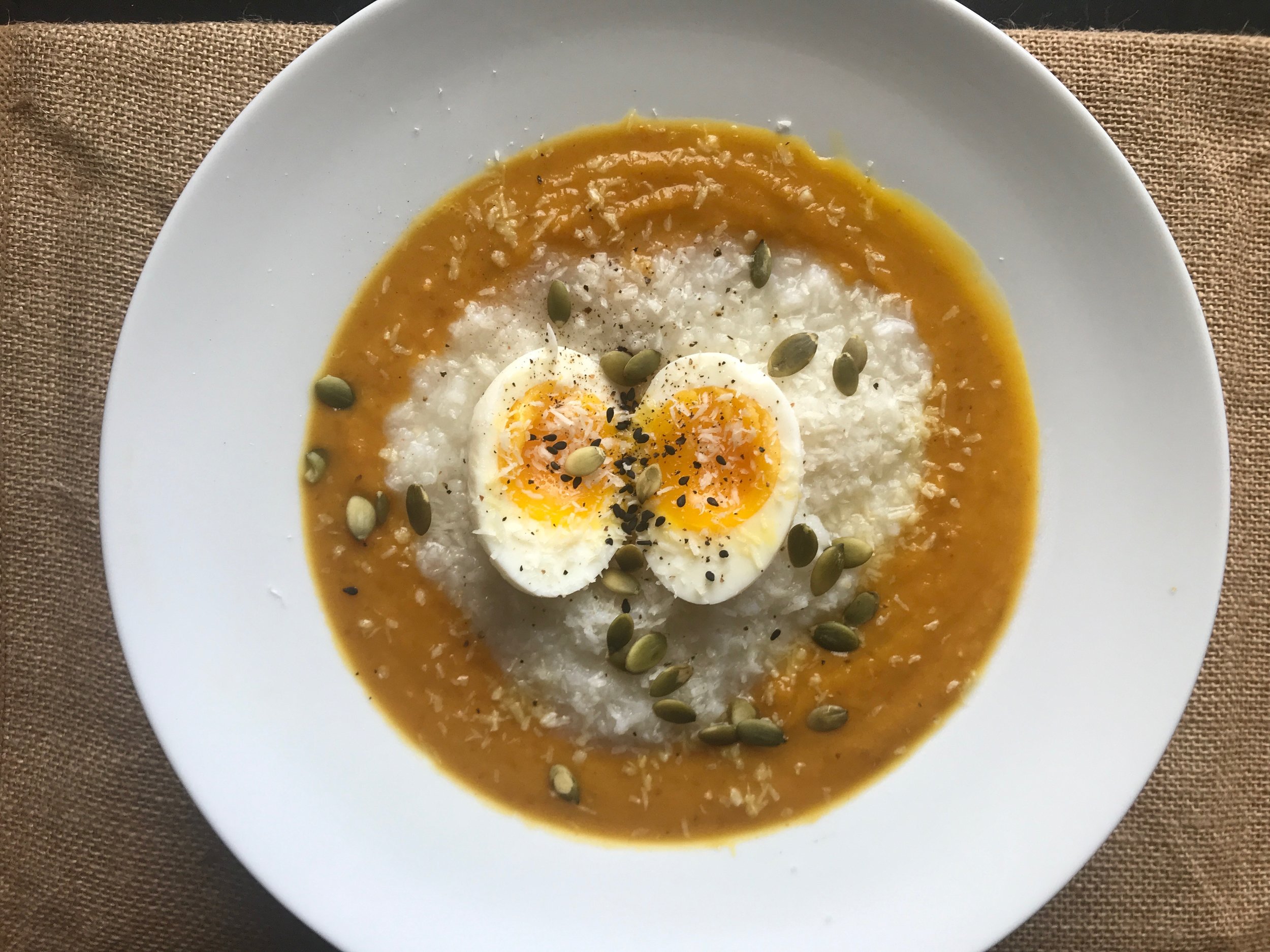The Ayurvedic Approach To Pregnancy + Postpartum— Holistic Care for Healthy Life Transitions.
As a doula, I am invited into people’s lives during some of their most transforming, raw, and vulnerable times.
I have had the honor to work with families from around the world, and I've come to learn that regardless of whom I'm working with, there is always a common thread. Irrespective of peoples' background or profession, we are all intrinsically connected. Additionally, when it comes to starting a family, nature inevitably prevails.
Ayurveda acknowledges these life-changing transitions as a part of the elemental shifts that take place in nature and time. By integrating the holistic practice of Ayurveda into my work, I am able to provide comprehensive support that offers comfort and relief during times of extreme transition. I provide people with the tools to build healthy foundations for their growing families.
What is Ayurveda?
Ayurveda is an ancient holistic system of healing originating in India over 5000 years ago. The literal translation means 'Ayur'- Life, 'Veda'- Science or Knowledge- it is a way to live in harmony with the natural elemental world by adapting to cycles of change, both physiologically and psychologically; it's a mind-body practice. Through a combination of healthy self-care tools to help maintain balance and mitigate imbalance, Ayurveda provides the individual the ability to proactively affect their health and well being. It also provides insight and awareness of imbalances as they arise.
Ayurveda is practiced with the understanding that while everything in nature is composed of the elements of earth, air, water, fire, and ether, each individual is born with a unique combination of those elements. This combination of elements is known as a Dosha, or system of elemental algorithms that provide the individual with insight when imbalances occur. There are three Doshas in Ayurveda, Vata= Air + Ether (or space) Pitta= Fire + Water and Kapha= Earth + Water. When you understand how to work with your innate elements & Doshas you will have a better understanding of how to adjust them during times of change, like in childbirth, seasonal shifts, aging, illness, as well as changes in your physical environment.
Ayurvedic Approach To Pregnancy & Postpartum
Pregnancy is a transformative time in a woman's life; it's a time of growth and transition—the Ayurvedic approach to pregnancy and postpartum honors this process by nurturing maternal and infant development. Ayurveda uses the term 'two-hearted' to define the placental connection between the mother and her baby. The health of the baby is directly affected by the health and well being of its mother. A combination of self-care practices meant to support, ground, and nourish the mother, are all an essential part of this process. The intention is to ease the mother's load by reducing internal and external stresses so that she and her developing baby can experience more harmonious cyclical changes and also have a gentler recovery and healing time postpartum.
The main Dosha at play during pregnancy and postpartum is 'Vata' or a combination of the elements of Air and Ether (space). Some attributes associated with the Vata Dosha are light, dry, rough, mobile, and cold. These qualities tend to be excessive during this stage of a women's life, particularly postpartum. When a mother is recovering from childbirth, her body and mind undergo a delicate exchange of opposing elements. Right away, she experiences an imbalance with an immediate loss of bodily fluids released during birth and is left with a space in her abdomen where the baby had been for the last nine months. A mother's hormonal mechanisms that affect infant feeding and her sleep patterns also go through a series of changes so that she can supply nourishment for her growing baby. As an Ayurvedic Doula, it's my job to support and educate mothers about how to offset these elemental imbalances. I provide them with the different tools needed to soothe, ground, and nourish their bodies so that they are appropriately replenished.
Some Ayurvedic Tools of Mine
In Ayurveda, one of the most foundational ways to help restore elemental balance and calm excessive Vata is with a daily lubricating oil massage or Abhyanga. This type of Ayurvedic oil massage can be extremely beneficial during pregnancy, as it promotes circulation, helps with digestion, calms nerves, improves sleep, helps with breastfeeding, and also helps reduce stretch marks. As an Ayurvedic Doula, I instruct both pregnant and postpartum mothers how to practice Abhyanga on themselves, I also teach mothers how to practice this technique on their babies. I teach them what types of oils to use, and when they should practice. Another option is for mothers to receive Abhyanga from her Ayurvedic Doula or another provider that has proper training in this type of massage.
A mother’s diet is essential in her postpartum recovery. Ayurveda recommends that mothers eat well-balanced meals while also minimizing particular foods that increase the Vata dosha as they can be difficult on their digestive systems. An Ayurvedic postpartum meal is served fresh and warm. It includes ingredients that are grounding, lubricating, and appropriately seasoned with digestive spices that help reduce Vata. These ingredients can be adjusted in the weeks following postpartum when the mother's digestion begins to strengthen. As an Ayurvedic chef, some of my favorite ingredients for postpartum mamas are ghee (or clarified butter), cooked root vegetables- like carrots and beets, and mung dal kitchari, along with warming digestive spices like cumin, ginger, and fenugreek.
I’ve shared one of my favorite recipes with you: I hope you enjoy it!
KITCHARI
You’ll need:
2 tbsp ghee
1/2 cup split yellow mung beans
1/2 cup basmati
1 tsp fennel seeds
1/2 tsp fenugreek seeds
4 cardamom pods
2 tsp cumin seeds
1 tbsp freshly grated ginger
1tsp turmeric powder
pinch of black pepper or pippali
1 pinch hing (optional)
7 curry leaves fresh or dried
1 heaped tsp salt
1 garlic cloves finely chopped
1 tbsp freshly chopped cilantro
4-8 cups of water (can be adjusted according to how long you soak for and desired consistency).
Directions:
Combine the mung beans and basmati rice in a large bowl with water, cover and soak for at least six hours.
Rinse the mung and rice mixture with fresh water and strain.
Add the mixture to a medium pot with 6 cups of water
Cook covered on medium heat until it comes to a boil, then uncover and simmer on low heat. You may need to add more water to stop the consistency from getting too thick.
About 10 minutes into cooking the mung bean mixture, add the ghee to a separate pan on medium heat.
Sauté cumin, fennel, curry leaves, fresh ginger and any other herbs (not powdered herbs) in the ghee until the seeds start to pop.
Add the finely chopped garlic and cook until lightly browned (be careful not to burn it)
Then add the remaining spices to the pan - turmeric, a pinch of black pepper, salt, and hing and temper the additional herbs + ghee for a few more seconds.
Add tempered herbs to the dhal and rice and mix well.
Continue to cook and stir until the consistency is creamy, may need to add more water in till desired texture.
Add salt and fresh coriander to taste.
♥️Mary
